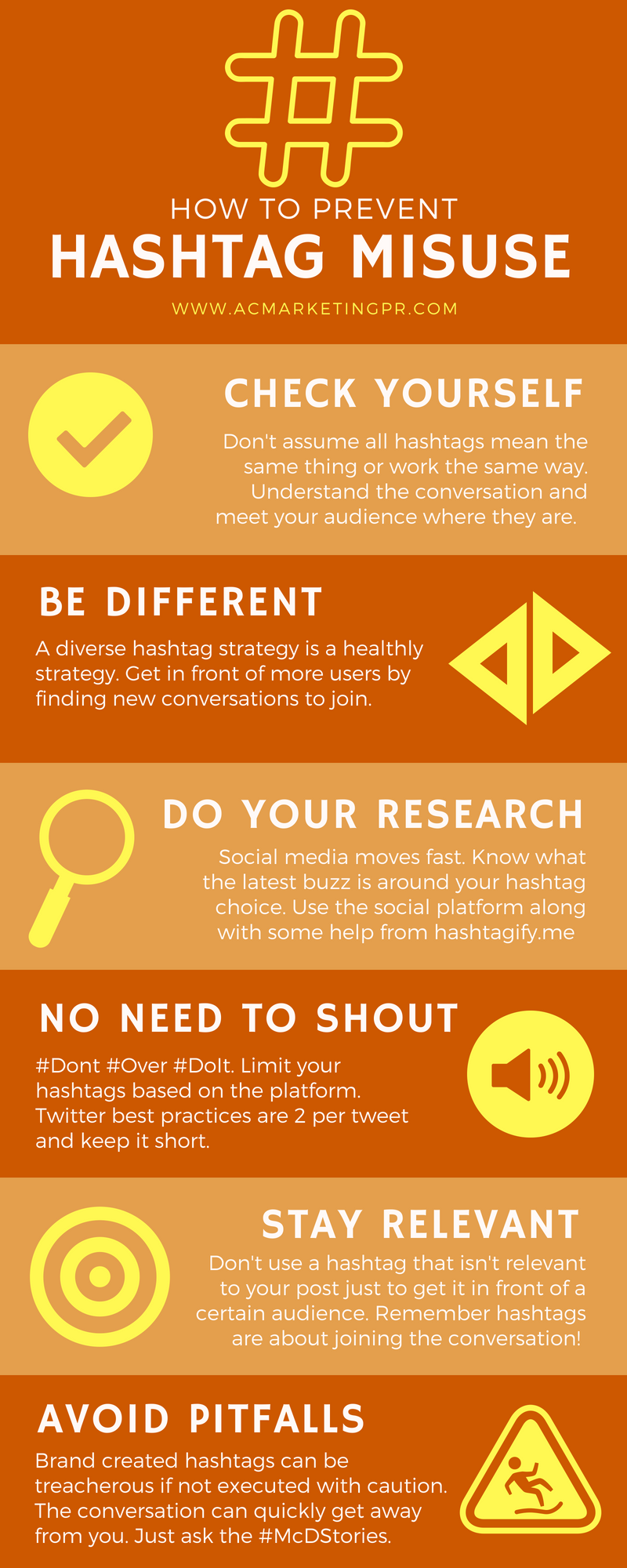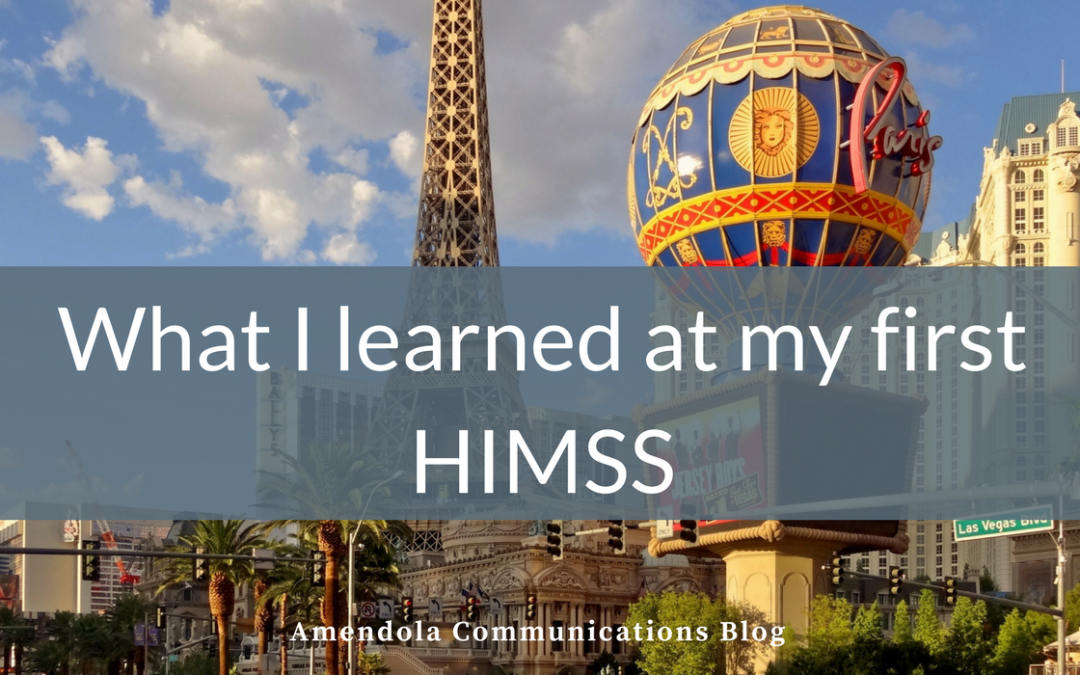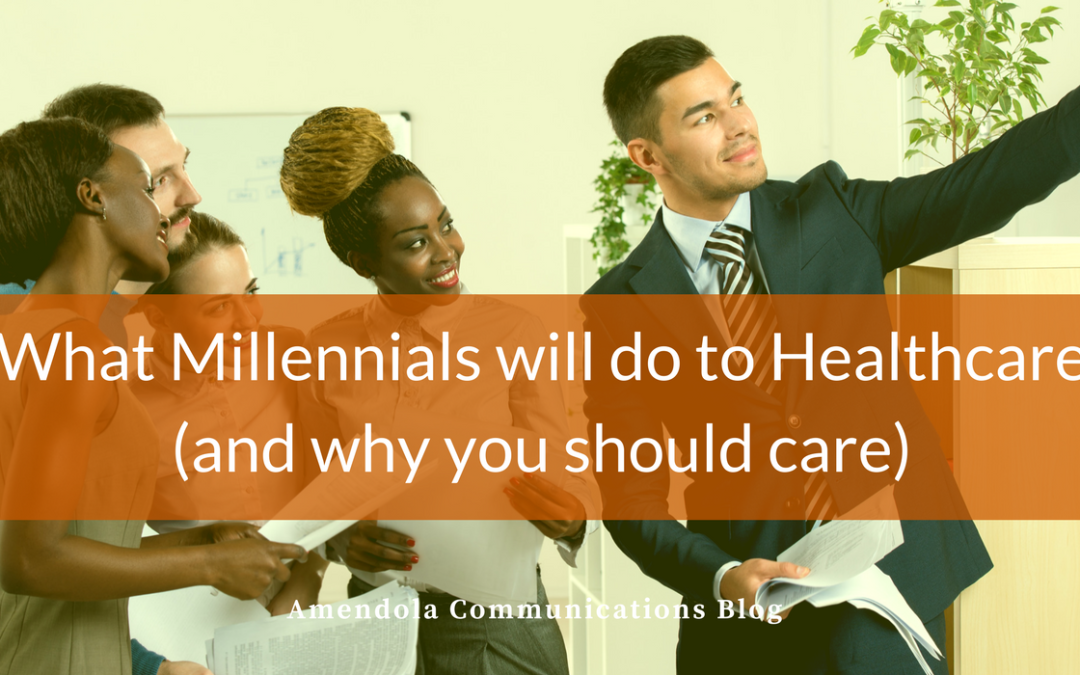by Jenna Warner | Oct 3, 2018 | Blog
On this blog we often talk about how to use PR and marketing to help build the brand and drive sales for healthcare and healthcare IT (HIT) products. Most of the time the activities we discuss require some significant effort. But there’s an online event coming up next week that can actually pay big dividends with considerably less of an investment on your part: National Healthcare IT Week. Here’s the skinny”
Who: Thought leaders, Health IT companies and future Healthcare IT entrepreneurs
What: National Healthcare IT Week #NHITweek
When: October 8th – October 12th
Where: Online and locally
Why: It’s easy, relevant, it’s a great cause and great for building trust as a brand
Founded by HIMSS and the Institute for e-Policy, U.S. National Health IT Week (NHIT Week) is a nationwide awareness week focused on catalyzing actionable change within the U.S. health system through the application of information and technology. The week-long event is celebrated through partner-driven, national and local events along with online conversations through social media. It’s easy to get involved, so what’s the holdup?
Social media is often misunderstood as an unnecessary evil, especially in healthcare, but it is an amazing tool that allows you to reach your audience in a way that was never possible before. While developing and maintaining an online community does take time and resources, events like this allow users to reap some of the benefits quickly.
Even if you don’t have an internal social media coordinator or an amazing agency managing your online presence, you can still participate in National Healthcare IT Week and other similar events. Here are six reasons to jump on board if you haven’t already.
- Engage with like-minded people and companies. These types of events create a community around the cause. By finding like-minded people you may be able to make beneficial connections that wouldn’t be possible otherwise.
- Gain a better understanding of the conversation. Conversations during these events come from a variety of perspectives. It’s common to get stuck viewing the world with tunnel vision by reviewing the same new sites, having favorite writers and viewpoints.
- Find new influencers. Participating in events like this including tweet chats are a great way to quickly find people with similar ideals with your company. You might find people experiencing problems you can solve.
- Gain trust with your target market. Trust is one of the most important aspects of the customer experience. These events offer a condensed time-frame that allows you to be a part of the conversation. It’s a great opportunity to show other users that your company actually wants to help. Humanize your brand and spread awareness for the cause.
- Stay top of mind. Your competitors are likely participating in these events. Stay top of mind with your prospects and target market. Bonus: you will be top of mind with good sentiment.
- Take advantage of scalability. These events allow your organization to really adjust your involvement based on your resources. Participate in every aspect or do what you can with the time you and your team have available.
Here’s how you can get involved:
- Become a partner
- Share on social media
- Share your story
- Create or participate in an event locally
Be sure to let us know how you participate in the comments below too!
by Jenna Warner | Jul 11, 2018 | Blog
Do your research. Or end up with #EGG on your face.
hash·tag: A word or phrase preceded by a hash mark (#), used within a message to identify a keyword or topic of interest and facilitate a search for it.
Communication has and will continue to evolve. It is a powerful tool when used correctly, and social media has taken communication to new heights. Now, we can reach beyond our own networks to communicate, discover and assemble instantly. However, a tool is only as powerful as its operator.
Though each social network has its own way of displaying posts under a certain hashtag, and their own algorithms for specifying trending content, these rules tend to hold true in general across each social channel. Follow them and you too can prevent hashtag misuse.


by Jenna Warner | Apr 18, 2018 | Blog
First and foremost, this is a BIG show. Okay, obviously this is a big show. But it’s important to understand this isn’t the type of trade show where the cool startup with hopes and dreams of changing the world can make a huge splash. At least, not without a plan.
As a first-time attendee, there were some confirmations and surprises that led to a few insights. Here are some tips to help kick-start your strategy for your first HIMSS.
Stop singing the same old song
Reporters are booked solid well before the conference begins and they are hearing “stories” all day. If it’s your first HIMSS, you may be surprised by the amount of similar ideas, products and solutions across the board. Let me tell you, the editors are not.
Whether it’s your first HIMSS or your 30th, make sure you have something to say. Passion plus results are rewarded in almost any industry and the same rings true in Healthcare IT. Don’t offer one without the other.
No one wants to hear about a product and all the technical aspects you have painstakingly perfected. They want to hear about what your solution is going to do for them (or their readers) now.
Don’t get it twisted. We are all very thankful for all the hard work, but the fact of the matter is there is too much going on to appreciate all of that hard work. Have something to say with weight.
Do your research before you go
Don’t waste time deciding what you’re going to do once you get to HIMSS. Everything moves too fast, and it takes too long to get from one place to the other. The conference may be several days long, but it goes by in a blink. Have a plan as an attendee or as an exhibitor.
Most of all, don’t make meetings with people that don’t make sense. Time, space and (good) coffee are precious luxuries at HIMSS. Don’t waste them.
Talk to people, and ask questions
Not just any questions – ask the one that you are hesitant about.
As a millennial, I think that we undervalue face-to-face interactions. There is something about being in front of people where you can get answers to questions you might not ask in a formal meeting setting or email. For one, they can’t just ignore your question.
Before all of my telehealth peeps give me a hard time – don’t worry, I still have no interest in physically stepping into my doctor’s office on a regular basis. Telemedicine rules!
A lot of flash doesn’t mean a lot of cash…flow
It was sad to see the booths with a premier spot just watch all the attendees walk by without giving their super cool mini golf game a try. Booth traffic success comes in layers, and although this conference was in Las Vegas, you can’t just take a shallow approach to entice the shrewd people of this trade show.
Take a note from the brilliant Lisa Chernikoff, “As savvy marketing professionals know, the best trade show marketing strategies start early and establish a regular cadence of communication.” Emphasis on start early. Your booth traffic strategy should not rely solely on a game of putt-putt. Meetings with a purpose, strategies that give attendees something they can use to fix their problems and well thought-out strategies for making conversation are what seem to be the keys to success at mega trade shows such as HIMSS.
The thought of tackling this type of huge trade show without a specialized agency and expecting results brings to mind a few analogies
- Scuba diving without a tank
- Planning a wedding for tomorrow
- Teaching a fish to ride a bicycle
- Baking a cake with cardboard appliances
And of course, the rumors are true – you will always be lost, hungry, searching for an outlet and totally amazed at what we are doing as an industry to improve healthcare. Now, I need to go buy some AirPods and avoid ever using or hearing the word leverage again.

by Jenna Warner | Jan 31, 2018 | Blog
Just another article about how Millennials stink and how they are ruining everything. Right? *Insert eye roll* While I disagree with this outlook on Millennials, possibly from personal bias, no one can ignore the fact that this generation is edging their way into the decision maker’s seat as they are now the largest generation in the U.S. labor force. Their buying power is growing as both consumers and as professionals.
Working their way through markets like bulls in a china shop, Millennials have changed/killed/rebuilt industries like transportation, retail, healthcare and may be credited for creating the IoT (Internet of Things). B2B companies will soon have to face the music and adjust as Millennials will inevitably change their industry too, that is, if their world hasn’t already been flipped on its head.
Here are 4 trends healthcare will see as Millennials make their way through the industry, and how health IT companies and health systems can relieve the pain.
#1 – They take it personally
The problems Millennials have encountered in healthcare themselves are now fueling their drive to fix it. Growing up in a consumer’s economy where customer service and convenience is expected at every turn, it’s no secret healthcare has been behind the curve of this trend-turned-tradition.
One out of five people surveyed by PNC listed unexpected/surprise bills as the number one billing-related issue. With out-of-pocket costs on the rise, millennials are more inclined (41%) to request and receive estimates before undergoing treatment. Only 18% of seniors and 21% of boomers reported asking for or receiving information on costs upfront.
Health IT companies that can show the Millennial decision-maker how their product improves their bottom line and fixes a problem they know personally will be the winners. The patient experience plus revenue generator should be an attractive buy for this generation.
#2 – Delight Millennials or face their wrath
This is probably where we Millennials get a bad rap. Or a least one of the many ways where we have supposedly ruined everything. It’s not so much that we need to be delighted because we are spoiled brats; rather, we grew up in a time of customer service innovation. Combine that with the social boom where anyone and everyone could have their voice heard and it creates both opportunity and risk. If we enjoy something, or worse, if we hate something, we know exactly how to get the message out to the masses.
Millennials opinions as customers are no longer limited to their personal social circles. The real danger or potential danger is that they think to tell the masses first. Their parents generation might go on Facebook after a few days and leave a review but, Millennials have already Snapchatted the problem to their peers, tweeted at you and your competitor, complained on Reddit, dropped a one star on Yelp, Facebook and Google, and started following your competition on Instagram.
This generation (and those that come after) take online reviews very seriously. Keeping a positive brand sentiment and the ability to track or improve it will be key for health systems and healthcare IT companies.
#3 – They won’t conform to traditional healthcare
While having a regular physician may be the best for care, it’s not the best for convenience. Millenials expect doctors to be able to see all of their medical history at a moment’s notice and pick up wherever the last physician(s) left off. Their abandoned shopping cart follows them around for their entire life. Why can’t their health records? While it may be just a pipe dream to those who actually interact with EHRs, the complicated problems with interoperability are not well known to the public.
With little to no understanding of interoperability issues, staying loyal is more of a cost than a benefit. Options in telemedicine and doctor finding tools make it more convenient and cost-effective for Millennials to stray from their primary care physician. They can go anywhere that their insurance will cover, so why only go to their PCP during work hours?
Millennials are 31% more likely than their colleagues ages 35 and up to feel uncomfortable leaving work for preventive care appointments. Health IT companies navigating this process are attractive to Millennials and health systems looking to retain the healthy young clientele.
#4 – STOP and think before jumping on a trend
Facebook live streams, podcasts, Instagram accounts and the expensive mobile app are just a few examples of trends that need to be understood before they are implemented. Forcing apps when most Millennials have limited mobile space and few health needs is a cringe-worthy problem I have seen too many times. Baby boomers and Gen Xers certainly see these apps differently and could be a better market to target.
Do your research. Ask your target market if there is already a solution that solves the problem. Figure out how to make it better. Don’t just think outside the box, erase the box and start thinking. Uber didn’t help the taxi industry find customers easier. They changed the resource, workforce and access to transportation.
As this generation makes its way through healthcare, I expect to see many changes that could be painful. Health systems and health IT companies will have adjust to the needs of the new decision makers, and disruption as we know it will be disrupted.
by Jenna Warner | Nov 16, 2017 | News
Amendola Communications advises how to measure the results of PR campaigns and plan for the year ahead
SCOTTSDALE, Ariz., Nov. 16, 2017 In the midst of planning next year’s marketing and public relations budgets, now is an excellent time for healthcare IT companies to assess the progress of public relations and marketing “seeds” planted over the past year. It’s also a good time to plan what to do differently in 2018. For tips on these and other strategies, check out the following selected blog posts from Amendola Communications, a nationally recognized, award-winning healthcare and healthcare IT public relations and marketing agency. To stay informed on the industry’s best practices for crafting and promoting effective messages, subscribe to the blog today.
Taking a Measure of PR Measurement
How can you really tell the impact of PR? This blog breaks it down and then some. We’re slightly biased, but we think this relatively short post reveals more effective measurement strategies than some books do. (It also calls out some duds that aren’t worth your time.) Check it out and at your company’s next confab, wow the assembled crowd with solid proof that PR works!
Simple Language and Communication Success
While there’s no lack of coverage of Donald Trump, we’ve included a blog post that examines his communication style. Which, politics aside, we have to say gets him unprecedented amounts of publicity. Say what you will about him, but dude’s got PR game. His Twitter feed alone pretty much dominated the 2017 news cycle and we can likely expect the same for the rest of his presidency.
Amendola’s blog covers all things public relations and marketing. A go-to source for communications professionals, the blog publishes on a weekly basis and features over a dozen subject matter experts in every aspect of publicizing and marketing healthcare technology companies.
Media Contact: Marcia Rhodes | mrhodes@acmarketingpr.com


